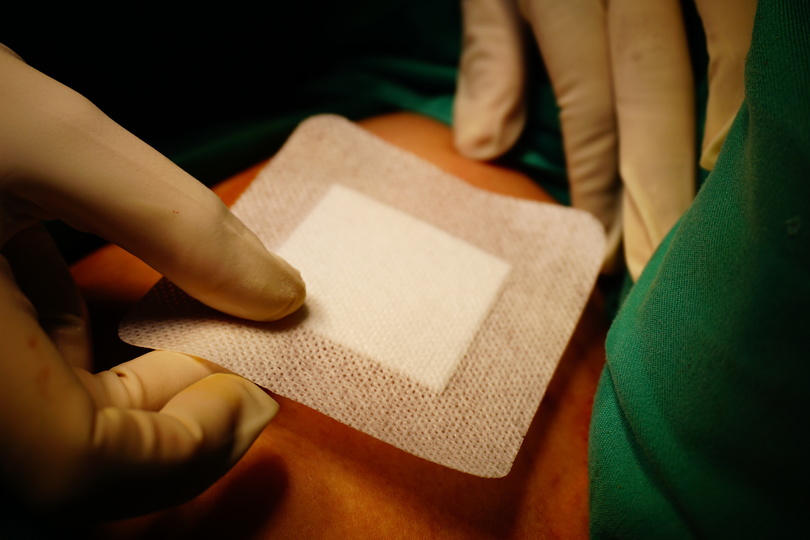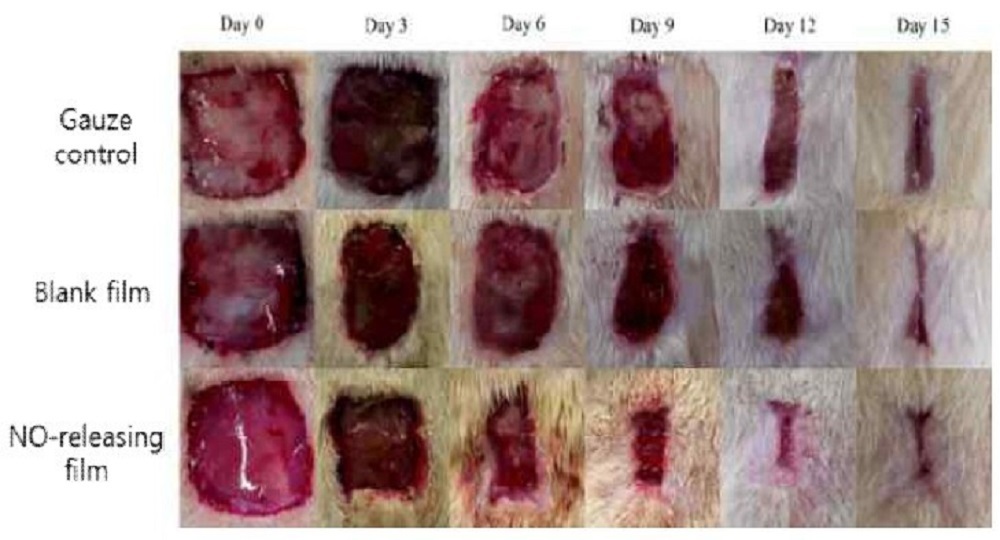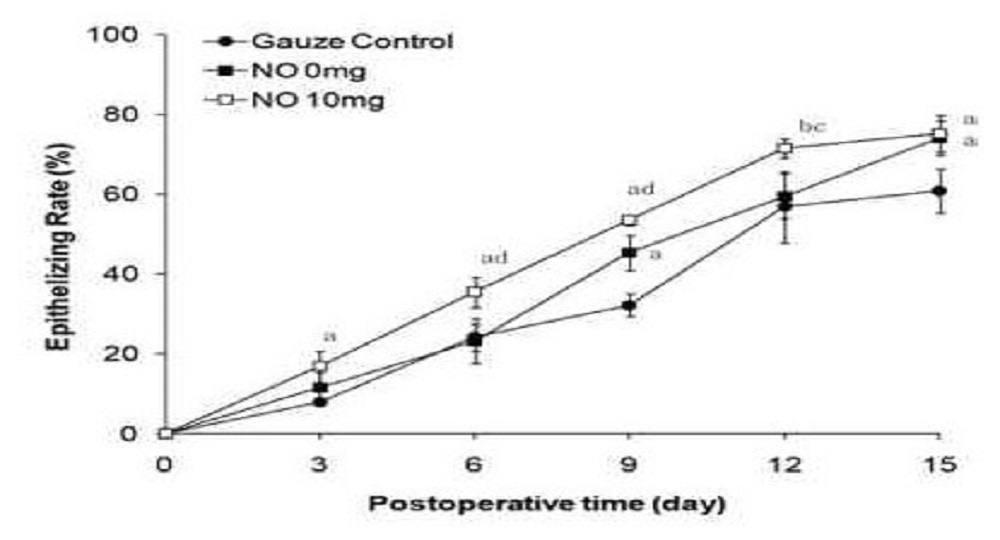Technologies
Discover, Connect & Collaborate at TECHINNOVATION 2021
Dressing for Quicker Healing of Wounds
Technology Overview
One of the most common ways of treating wounds is by dressing them. Wound dressings have to fulfill several criteria and roles to be deemed suitable, such as being non-toxic, easy to attach and remove, permeable to water vapor and air, and capable of controlling wound secretions. Research has shown that appropriate wound dressing accelerates tissue regeneration and helps prevent infections, thereby accelerating recovery.
Recently, nitric oxide (NO) has garnered the attention of scientists as a useful biocompatible substance to treat wounds. NO is a molecule that naturally forms part of the human immune system as an antibacterial agent, but it also helps in the production of collagen, cell proliferation, and the formation of new blood vessels. However, to employ NO in wound dressings, it is necessary to engineer a formulation that can store NO and release it in a controlled manner over the wound.
The present technology is a novel wound dressing system that contains S-nitrosoglutathione (GSNO), a naturally occurring NO donor, encapsulated in a polymer, such as chitosan. The proposed wound dressing slowly releases NO over the wound surface, which, as several in vivo and in vitro experiments showed, helps fight off harmful bacteria and speed up the natural healing process.
Technology Features, Specifications and Advantages
This novel wound dressing system can be prepared through a facile process. The selected polymer is first dissolved in a solvent. After adjusting the solution’s acidity (pH) and adding a plasticizer, GSNO is added to the mixture. Finally, the solution is cast as a thin film and left to dry in a dehumidified dark room at 25–37 °C for up to two days.
The resulting wound dressing offers several advantages, including:
- Flexibility
- Biocompatibility (non-toxicity)
- Good mechanical properties
- Confirmed antibacterial and wound-healing properties
Another notable aspect of this wound healing system is that various types of NO donors and polymers can be used, making it more versatile.
Potential Applications
The present technology combines the broad-spectrum antimicrobial properties and collagen formation, cell proliferation, and wound contraction properties of NO with the various wound-healing properties of chitosan. Its film-type design allows for optimal wound protection, wound exudate absorption, and maintenance of a moist environment to accelerate healing.
Therefore, it could not only find direct applications in clinical settings to facilitate faster and better wound healing than conventional gauze dressing, but it could also become an over-the-counter wound dressing for effective and safe wound treatment.
Customer Benefit
This NO-based wound dressing fits all the necessary criteria for wound treatment. The controlled release of NO over the wound can make it heal substantially faster, while also providing defense against dangerous pathogens. Moreover, the use of chitosan to store the NO donor makes the wound dressing flexible, helps absorb wound secretions, and maintains the wound site appropriately moist. Ultimately, this technology would help people heal faster from wounds in a natural way.


